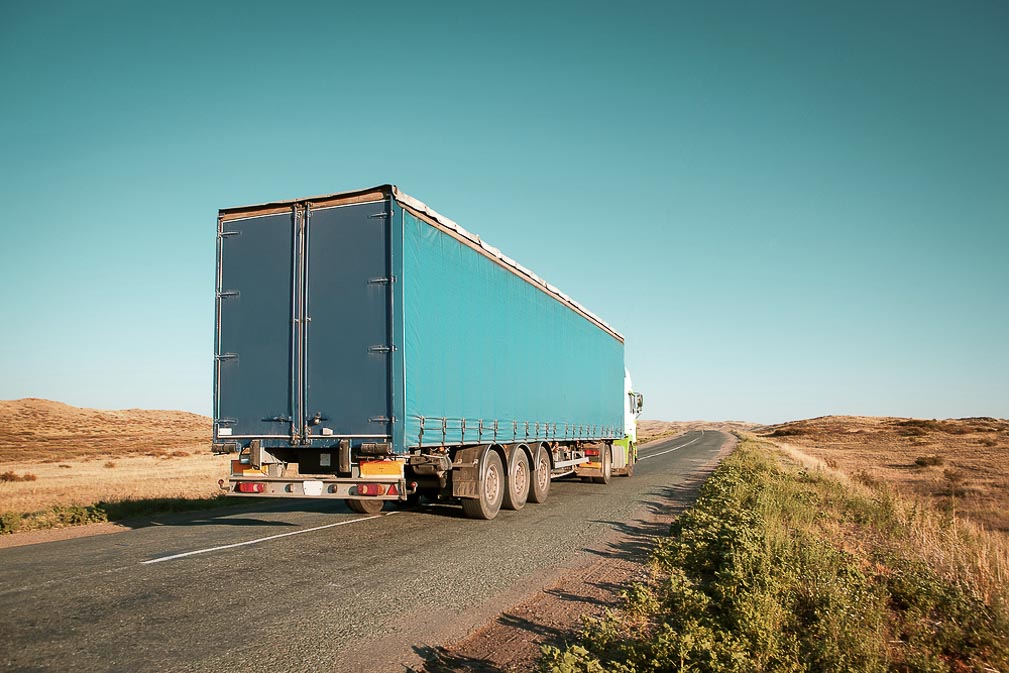Shippers, reliant business owners, and other dependent industries are watching closely as the United States and China face-off in tense international trade negotiations. Earlier this year, the U.S. administration announced 25% tariff on steel and 10% on aluminum imports in an effort to protect domestic manufacturing from excessive “dumping” by Chinese suppliers. Not long after, the U.S. Trade Representative Office concluded a Section 301 investigation that uncovered widespread technology and international property rights infringements, targeting over $60 billion worth of Chinese imports with additional tariffs. In retaliation, China slapped 15-25% duties on U.S. goods such as pork, fruit, nuts, wine, ginseng, aluminum, ethanol and pipes. But this isn’t the first trade standoff for the United States…
Here’s a little story about poultry logistics and how chickens stopped trucks from crossing the ocean.
It can be difficult to envision the chicken as a luxury item, but prior to the 1960s poultry was an expensive delicacy across much of Europe. After World War II, chickens became a staple food in the U.S., as farming advances led to accompanying price reductions. By 1961, U.S. chicken exports overtook nearly half of the European market. Threatened, the Dutch accused the United State of dumping the goods below cost of production while the French government simply banned U.S. chicken, citing excessive hormones impact male virility. Soon, Europe adopted the Common Agricultural Policy, imposing minimum prices on all imported chicken and nullifying prior tariff bindings and concessions. By 1962, the U.S. had lost 25% of their newly acquired market.
In 1963, after 18 months of attempted diplomacy, President Johnson imposed a 25 percent tax on potato starch, destrin, brandy, and light trucks.
Volkswagen, the original target of the truck tariff, would quit exporting their Type 2s while Japanese automakers like Toyota, Datsun, Isuzu, and Mazda, which were selling pickup trucks, coupe utility vehicles, and panel deliveries at the time, pulled these models out of the North American and Caribbean markets. Eventually, Japanese manufacturers found ways around the tax, exporting chassis cabs and truck beds separately at a reduced 4% duty. This meant the final configuration would be assembled in the United States to be sold as light trucks.
But the Japanese weren’t the only ones circumnavigating the system. Subaru’s BRAT model featured two rear-facing seats, seatbelts, and carpeting to meet classification as a “passenger vehicle.” American car manufacturer, Ford, also levies loopholes by importing its light trucks from Turkey into Baltimore and modifying them after removing excess parts. By definition, a passenger vehicle needs seats, safety belts and windows. The removal and final assembly may cost hundred more per van, it also saves thousands on taxes.
Known to history as the Chicken Tax, the retaliatory tariffs were eventually removed for the first three items, but protection of the U.S. trucking industry is still alive today. The renewed U.S.-Korean trade agreement added 20 more years of protection, ensuring chickens will keep shielding domestic pickups until 2041.
So, why did chickens cross the ocean? To get to the Greener side! Move freight forward and contact us at [email protected].
To stay up-to-date on everything freight, follow Green Worldwide Shipping on Facebook, Twitter, and Linkedin.






